Repotting Pitcher Plants: How To Repot Pitcher Plants
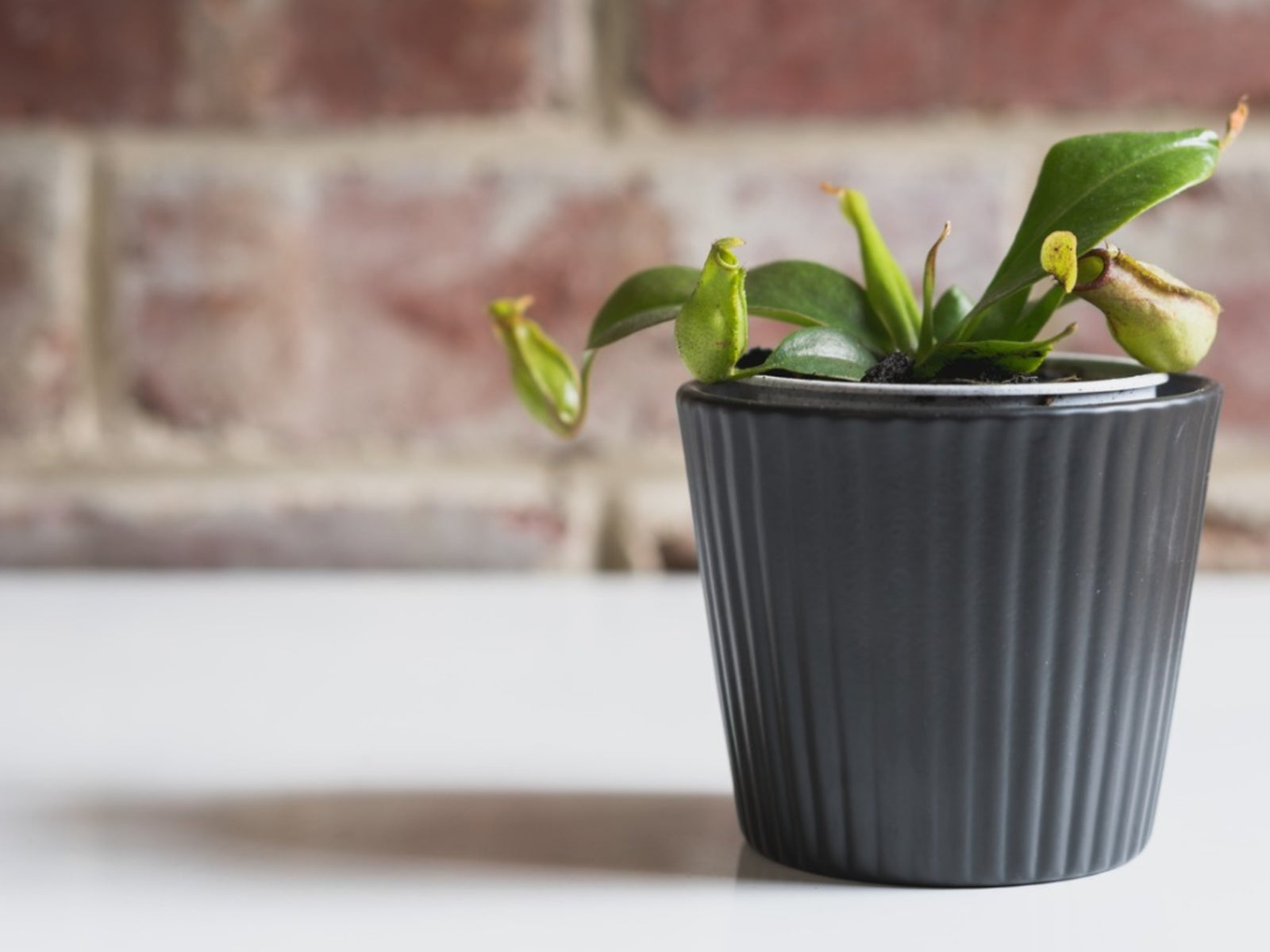
Every healthy houseplant eventually needs repotting and your exotic pitcher plants are no different. The soilless mix that your plant lives in will eventually compact and shrink, leaving little room for the roots to grow. If you're wondering, “When do I repot a pitcher plant,” every one to two years is the best interval. Learn how to repot pitcher plants and your carnivorous collection will enjoy roomy new homes.
When Do I Repot a Pitcher Plant?
Pitcher plants, like other plants, do best when you repot them early in the spring before they have a chance to produce new growth. When your plant is still dormant, right before the spring arrives, remove it from its pot and gently remove as much planting medium as you can using a chopstick or other small object. Make a new potting mixture of ½ cup (118 ml.) of sand, ½ cup (118 ml.) of washed charcoal, 1 cup (236 ml.) of sphagnum moss and 1 cup (236 ml.) of peat moss. Mix the ingredients together thoroughly. Stand the pitcher plant in a new plastic planter and gently drop planting mix into the pot to cover the roots. Tap the planter on the table to settle the mix, then add more on top. Water the mix to remove any air pockets and top off the mix if needed.
Pitcher Plant Care
Pitcher plant care is relatively simple if you give them the right growing conditions. Always use plastic planters, as terra cotta ones will absorb salts too quickly. Once you have repotted the plants, place them in dappled sunlight or behind sheer curtains. Keep the potting mix moist at all times, but never let the pot stand in water or the plant may develop root rot. Pitcher plants only need one or two insects a month, but if your plant hasn't been lucky lately, give it a small, freshly killed bug once a month to add nutrients.
Gardening tips, videos, info and more delivered right to your inbox!
Sign up for the Gardening Know How newsletter today and receive a free copy of our e-book "How to Grow Delicious Tomatoes".
-
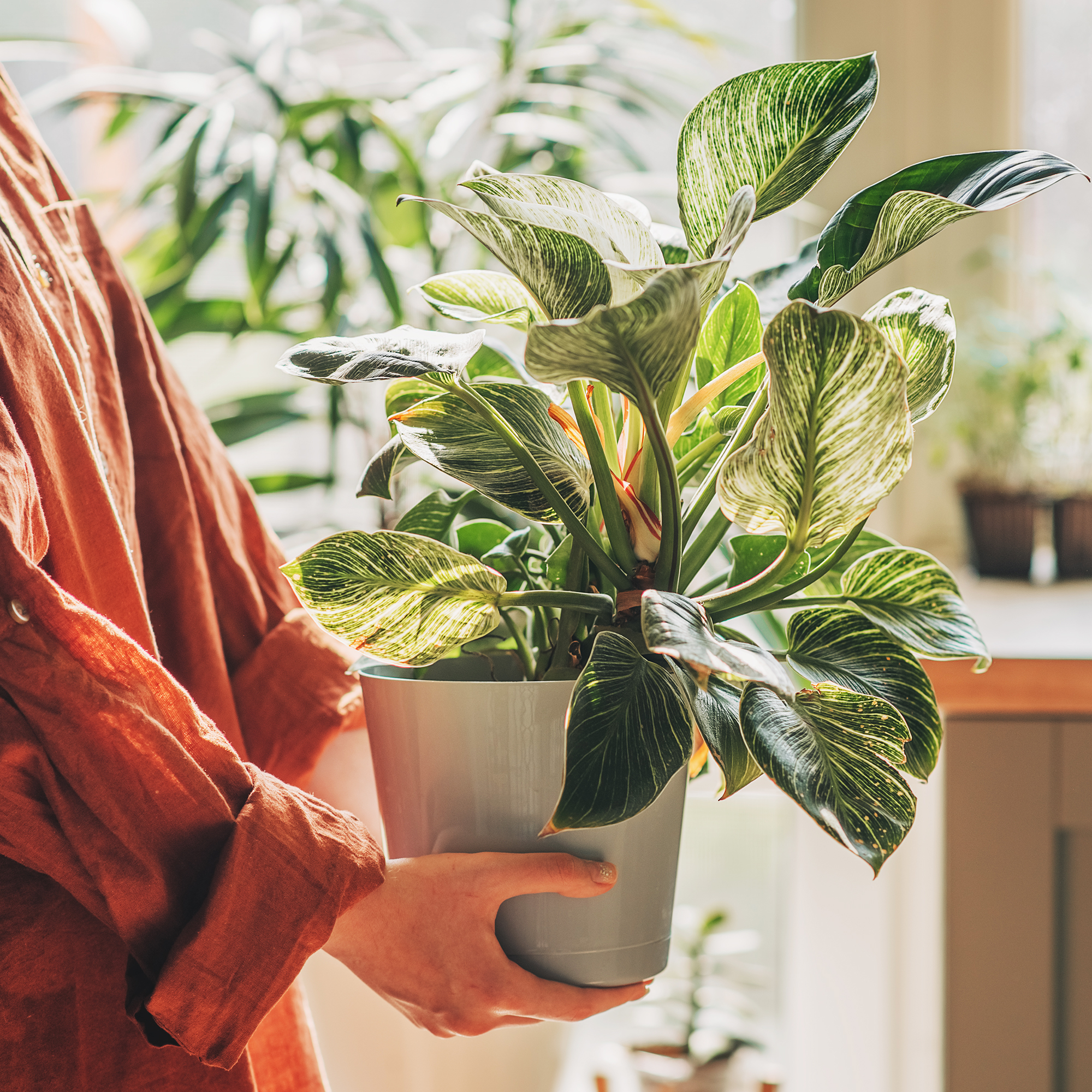 Have You Tried The Shadow Test For Houseplants? This Expert Light Trick Reveals Exactly Where Plants Will Thrive
Have You Tried The Shadow Test For Houseplants? This Expert Light Trick Reveals Exactly Where Plants Will ThriveThe Shadow Test is a horticulturist's trick that will help you work out the light levels in every room and ensure your houseplants are perfectly positioned.
-
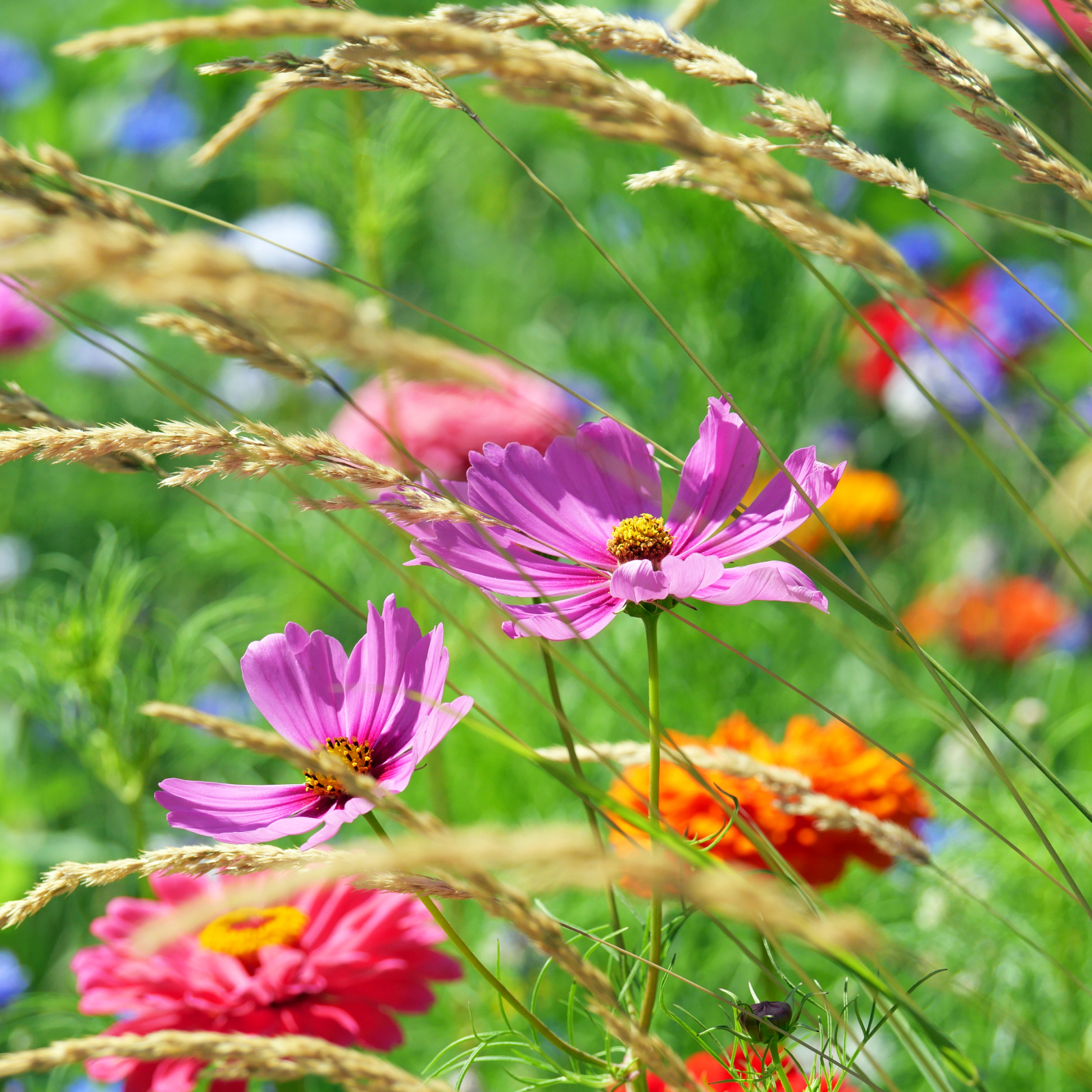 10 Easy, Breezy Meadow Flowers & Grasses For A Magnificent Low-Maintenance Landscape
10 Easy, Breezy Meadow Flowers & Grasses For A Magnificent Low-Maintenance LandscapeChoosing the right meadow flowers and grasses will help you create the luxurious garden of your dreams. Explore some of my favorites.
-
 Black Pitcher Plant Leaves – Why Nepenthes Leaves Are Turning Black
Black Pitcher Plant Leaves – Why Nepenthes Leaves Are Turning BlackPitcher plant has specific needs, and it lets you know with alarming clarity when those needs aren't being met. This article explains what to do when you find your pitcher plant's leaves turning black. Click here to learn more.
-
 Watering Nepenthes – How To Water A Pitcher Plant
Watering Nepenthes – How To Water A Pitcher PlantThere are many types of exotic pitcher plants, all surprisingly easy to grow once you learn how to meet the plant's basic needs, including proper pitcher plant watering. Click here to learn what's involved in watering a pitcher plant.
-
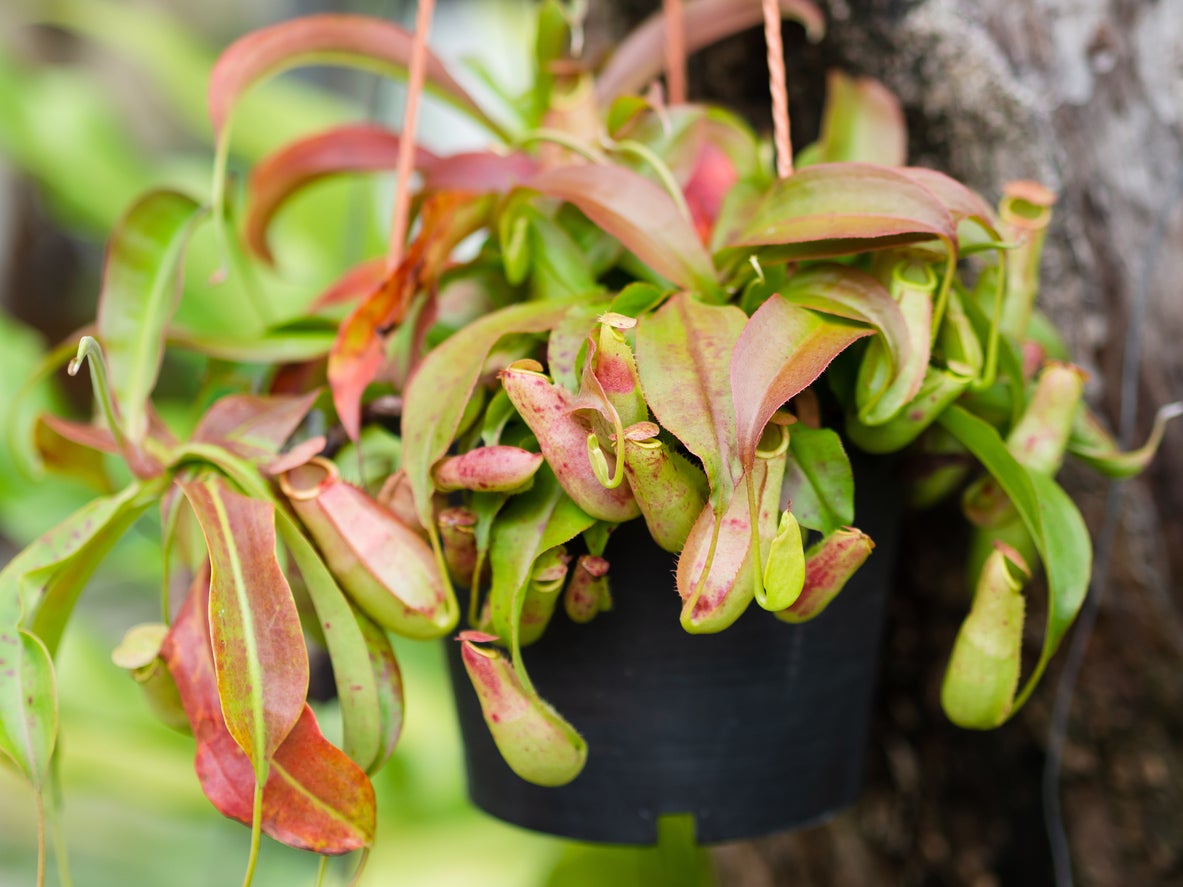 Nepenthes Pitcher Plants: Treating A Pitcher Plant With Red Leaves
Nepenthes Pitcher Plants: Treating A Pitcher Plant With Red LeavesNepenthes pitcher plants are often grown as houseplants. If you own one, you may see your pitcher plant leaves turning red. There are various possible reasons for a pitcher plant with red leaves; some require fixing, some do not. Click here to learn more.
-
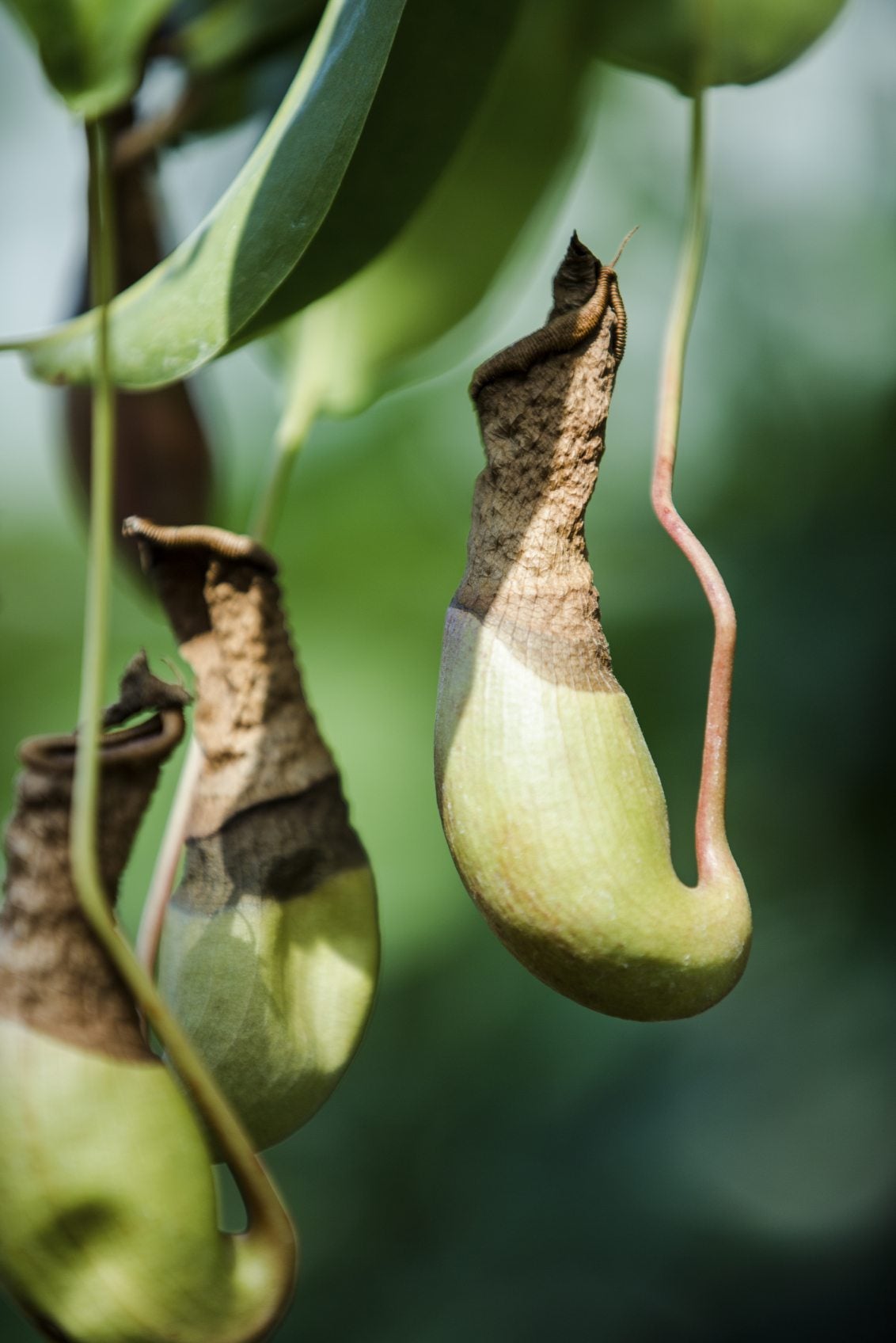 Pitcher Plant Pest Control: Learn About Pests Of Pitcher Plants
Pitcher Plant Pest Control: Learn About Pests Of Pitcher PlantsPitcher plants are exotic, fascinating plants, but they're prone to many of the same problems that affect any other plant, including pests. If you're wondering how to get rid of bugs on carnivorous plants, it can be tricky. Click here to find out why.
-
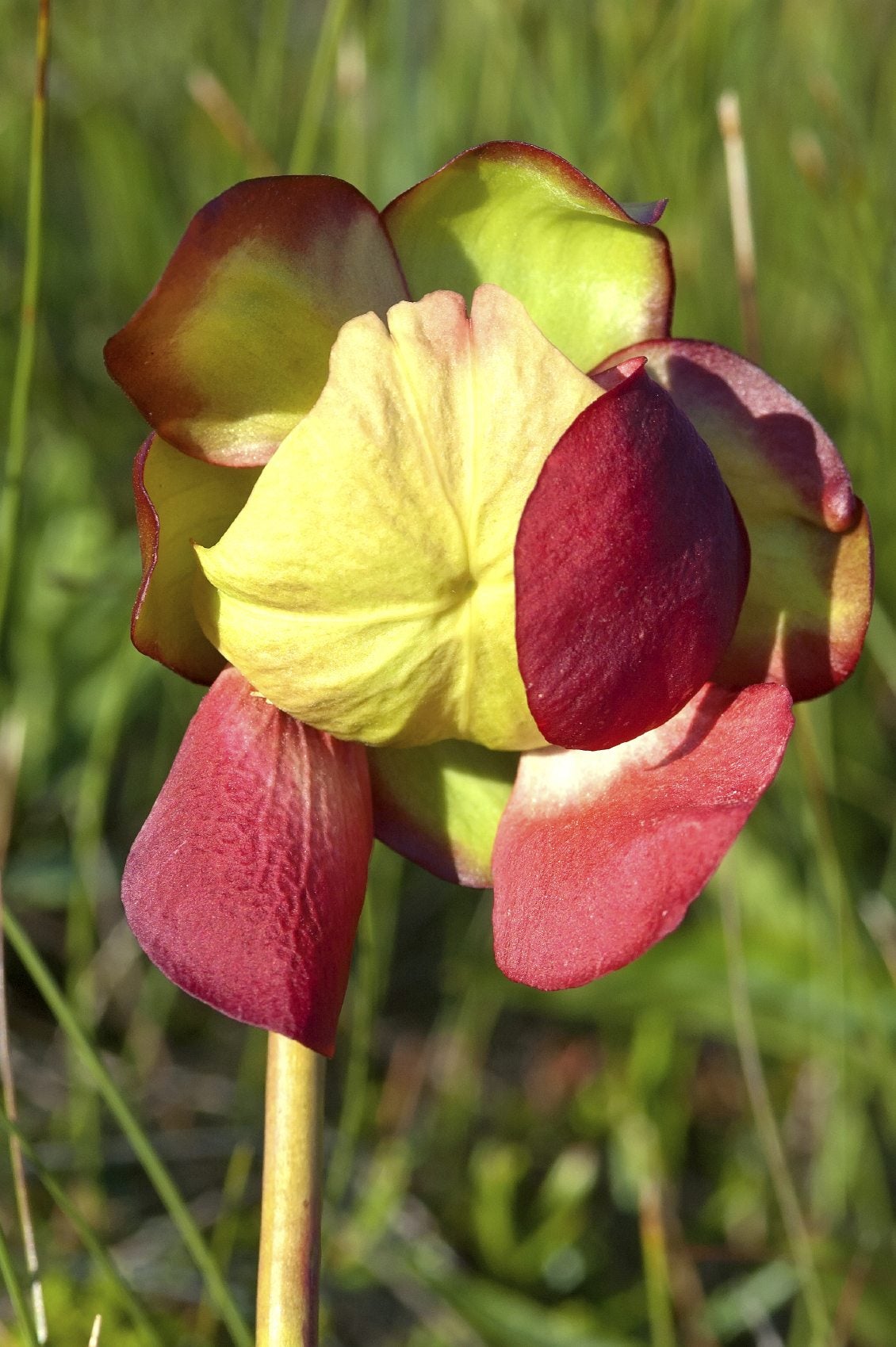 Do Pitcher Plants Bloom: Learn About Pitcher Plant Flowers
Do Pitcher Plants Bloom: Learn About Pitcher Plant FlowersDo pitcher plants bloom? They certainly do, and pitcher plant flowers are just as fascinating as the colorful, mysterious pitchers. Click on this article for more pitcher plant flower information. You'll be amazed at how lovely their flowers are.
-
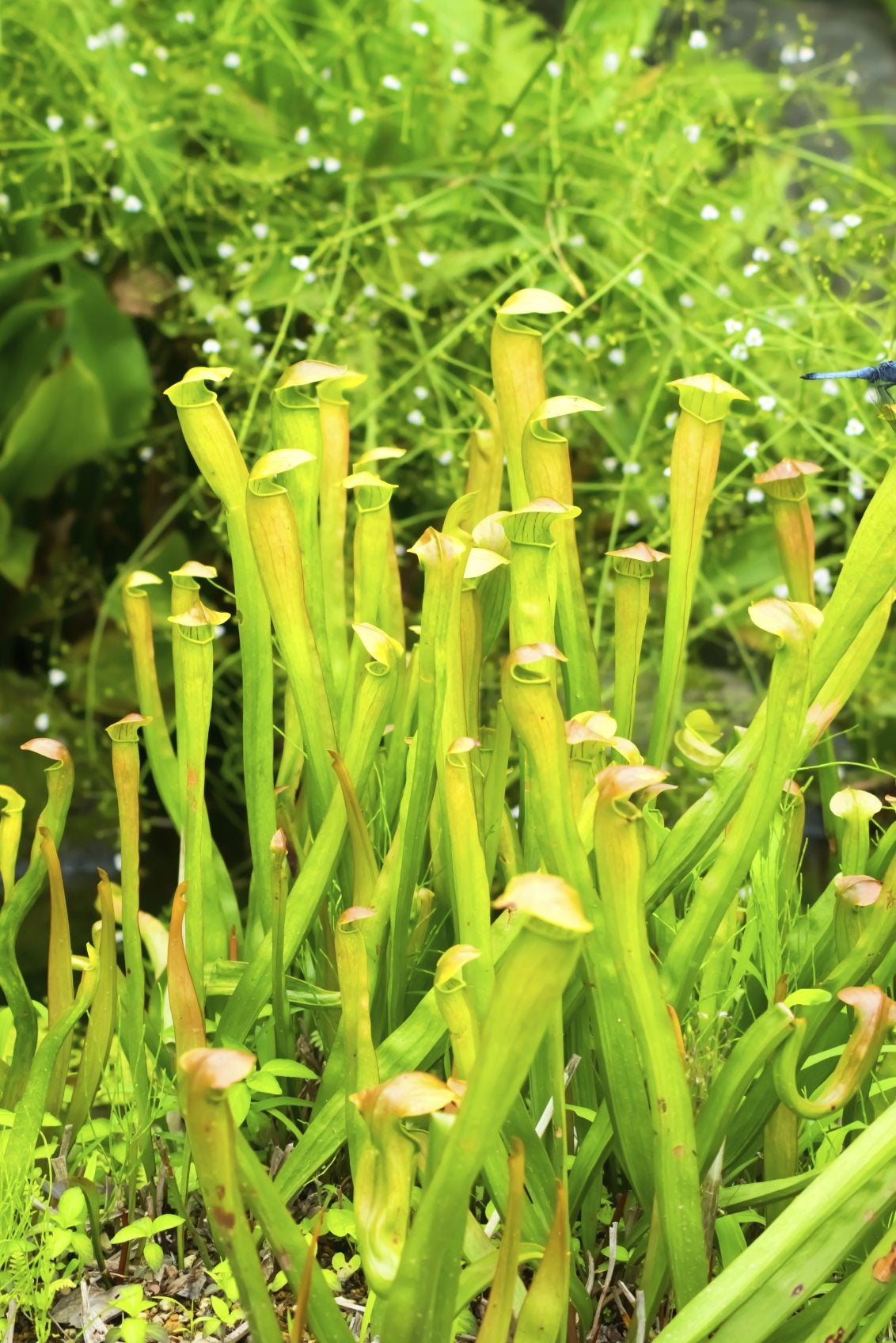 Pitcher Plant Info: Growing Pitcher Plants In The Garden
Pitcher Plant Info: Growing Pitcher Plants In The GardenGrowing pitcher plants outdoors requires a combination of conditions quite different from ordinary garden plants. To learn what these plants need to grow outdoors, click on the article that follows for additional information.
-
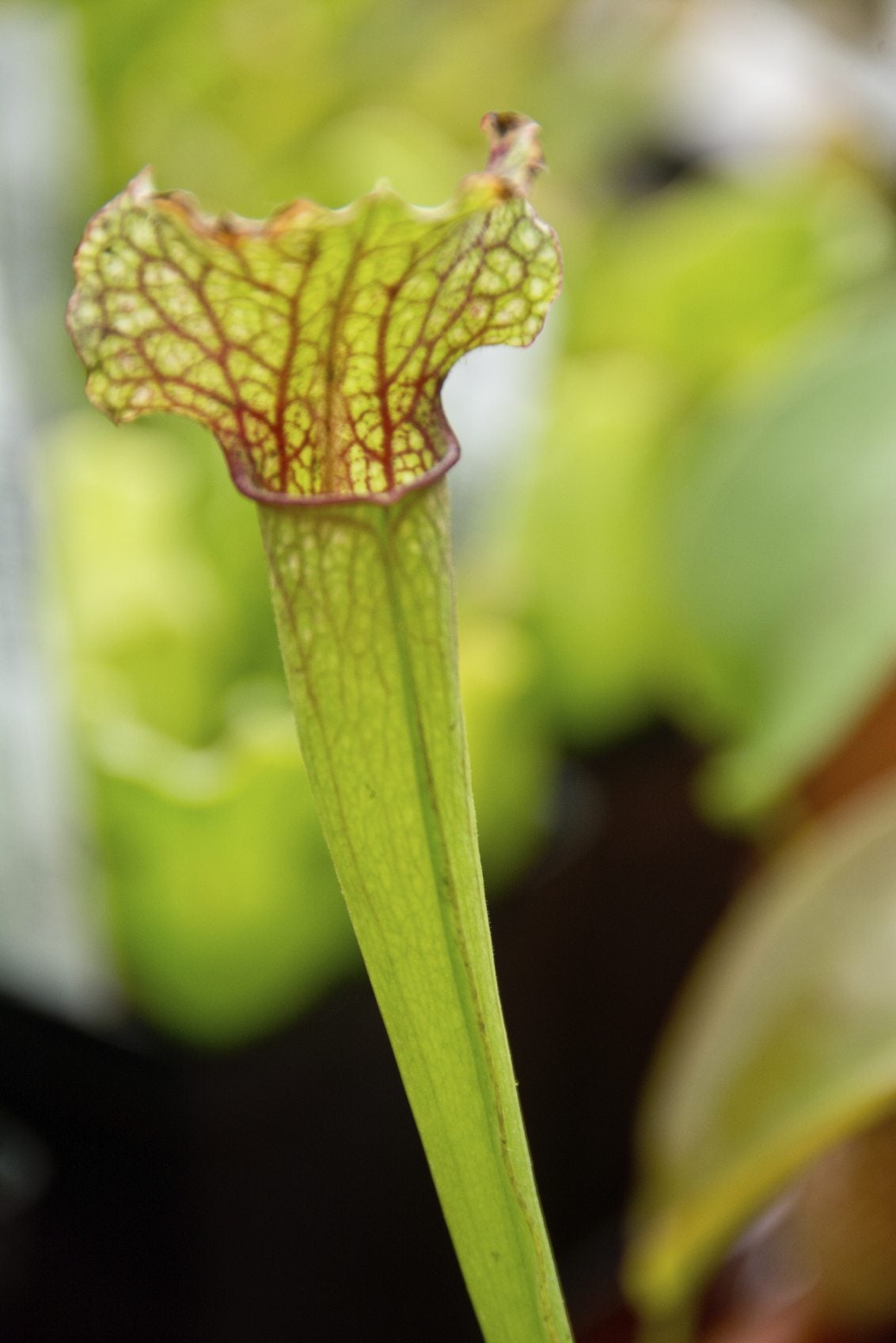 Carnivorous Plant Problems: Why A Pitcher Plant Has No Pitchers
Carnivorous Plant Problems: Why A Pitcher Plant Has No PitchersIf you're having carnivorous plant problems, such as a pitcher plant not making pitchers, it may require some troubleshooting to determine the problem. For helpful tips on this issue, simply click on the following article.
-
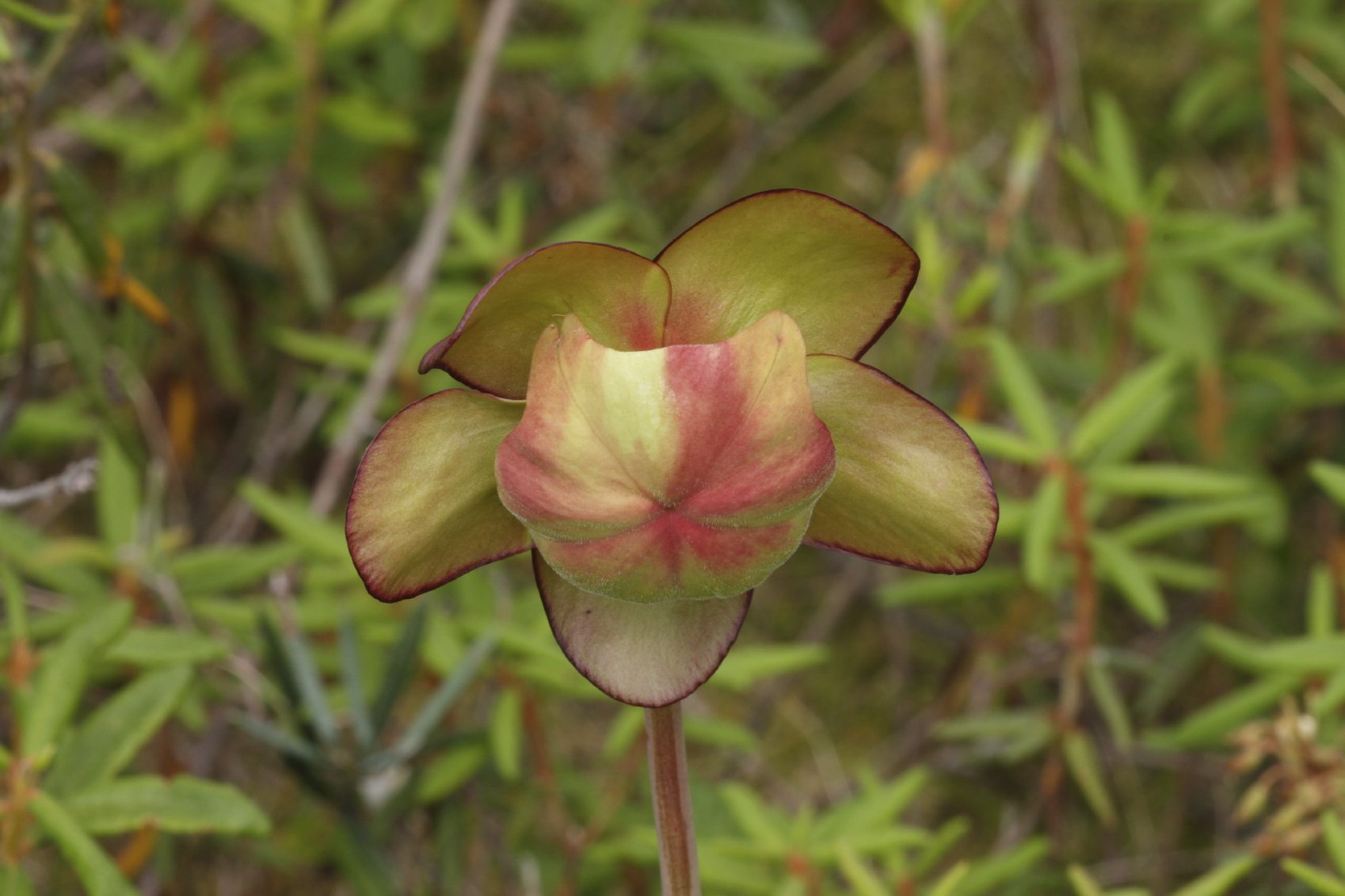 Pitcher Plant Seeds: Guide To Pitcher Plant Seed Growing
Pitcher Plant Seeds: Guide To Pitcher Plant Seed GrowingPitcher plant seed sowing is one of the best ways to reproduce this beautiful plant. But like the seeds of other carnivorous plants, they need special treatment to give them their best chance of growing. Click this article to learn more.